(The Compara CDC-Iso Crack is a deadly pattern inspired by Caucci & Nastasi’s “Hatches” book. Their Spectrumized Dubbing allows for the incorporation of all the tonal colors in the hue of the complex Isonychia color spectrum. As the CDC reflects the smokiness of the wings perfectly, yet many still prefer the durable and floatability of Caucci’s Compara- coastal deer hair. The key with CDC is to tie many clumps together to improve floatability, and denote wings fluttering/drying. The best floatant is Loon’s “Lochsa”. The Isonychia hatch is big bug mayfly magic in daylight hours- know this hatch from the benthic nymphs to the surface emergers and dries and you will score with your 20 inch plus dream trout!-authors tie and image)
It’s that “white-gloved howdy” magic time. That gorgeous (can’t help it folks!, I adore mayflies if you haven’t noticed) purple/green/mahogany mayfly with dainty evening reception gloves and smoky wings brings theories on selectivity and fly selection’s hue and tone differential to a colorful fly tier’s conundrum.
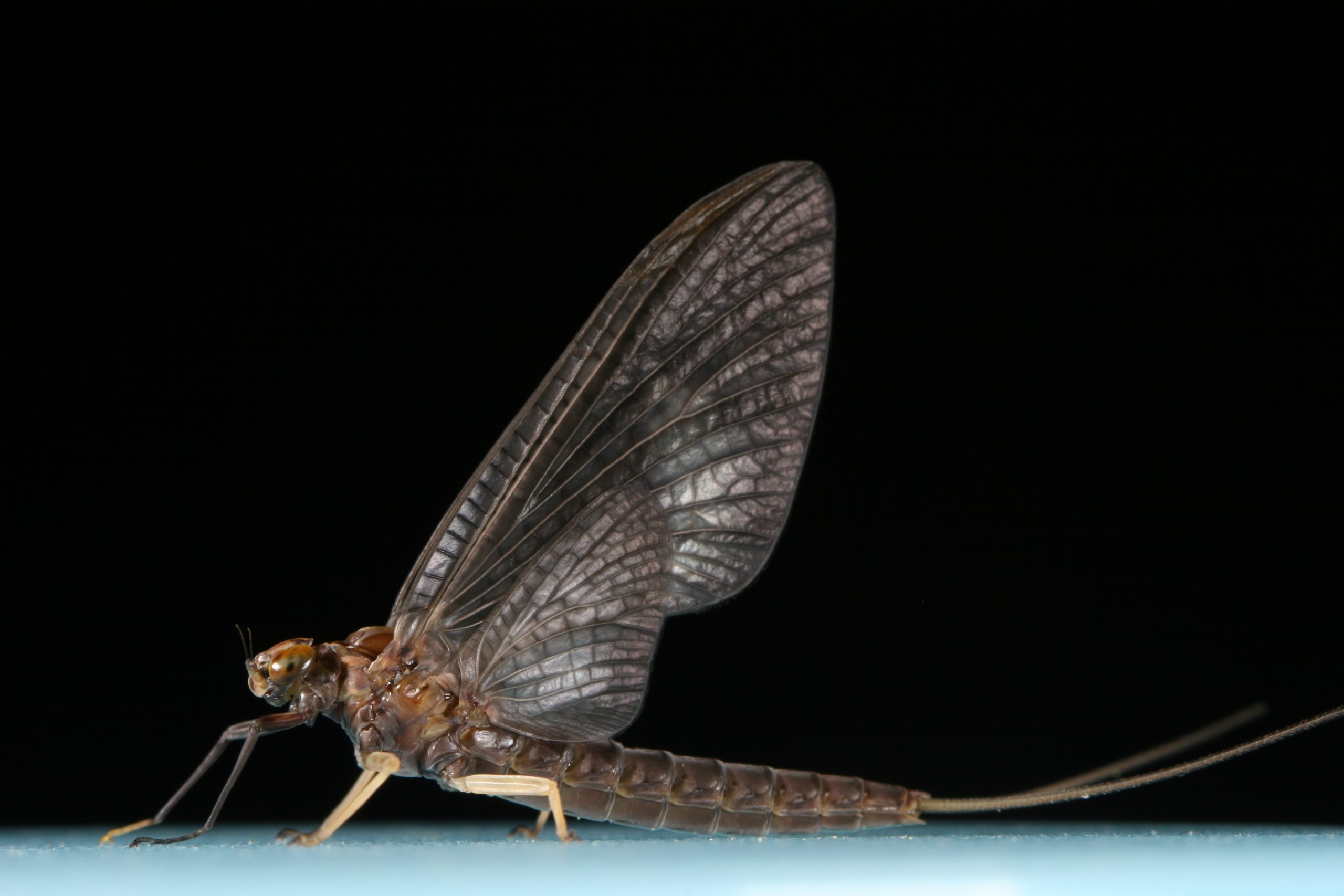
The magnificent meaty “Iso” : (i.e. Isonychia bicolor, sadleri, harperi) is a big chunky meal for a trout and a mayfly hatch for normal diurnal anglers not interested in growing fangs from a blood thirsty vampire/ night stalking life style as with the all-night chase when it comes to the crazy Hex hatch gig.
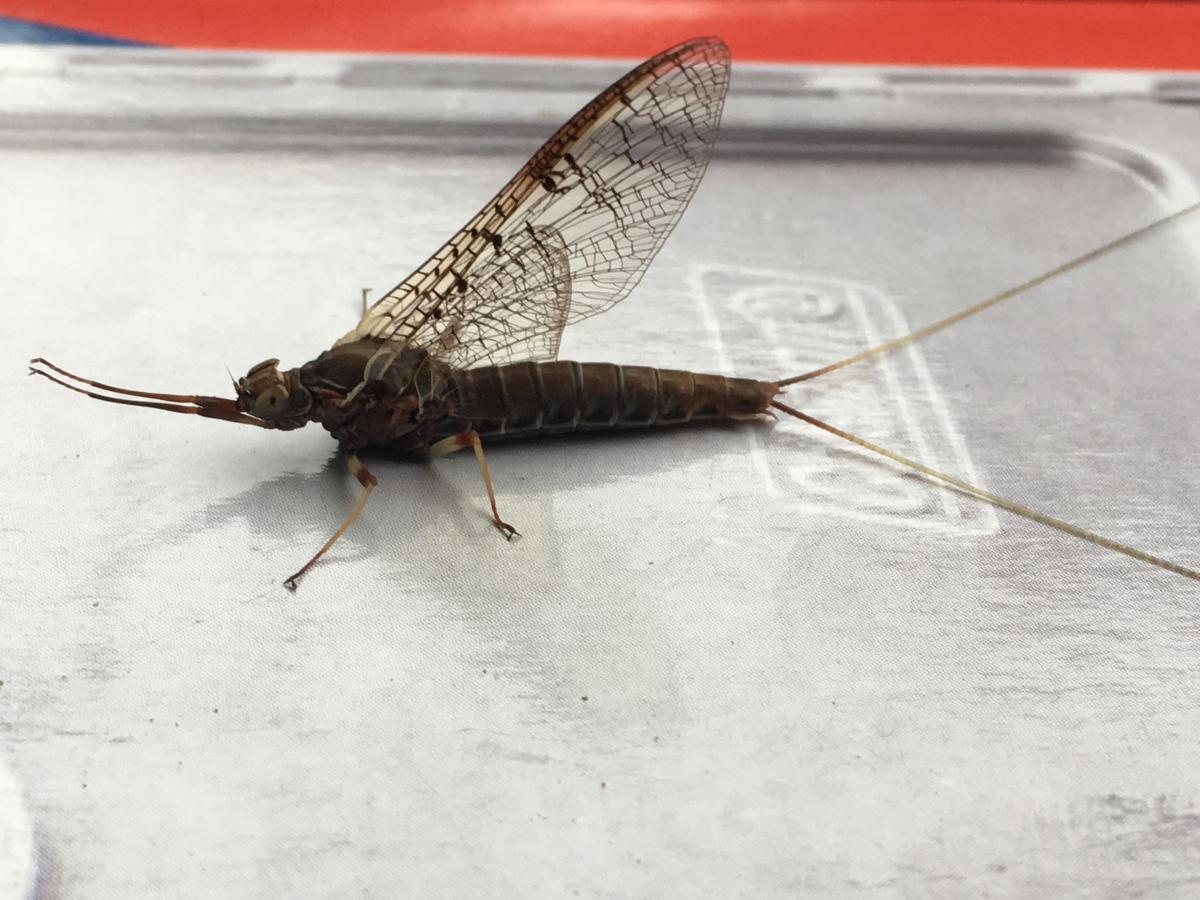
The hatch is an East Coast and Midwest North American staple. It prefers hatching temperatures in the upper 50’s F to the mid-60’s. But is also found in good fishable hatch matching numbers in small pockets in the west , mostly in California and upper Montana, especially on the Klamath River ecosystem and western Canada. They also are found east of the pond to the U.K. and north/central Europe with the Isonychia Eaton, alderensis, arabica and berneri

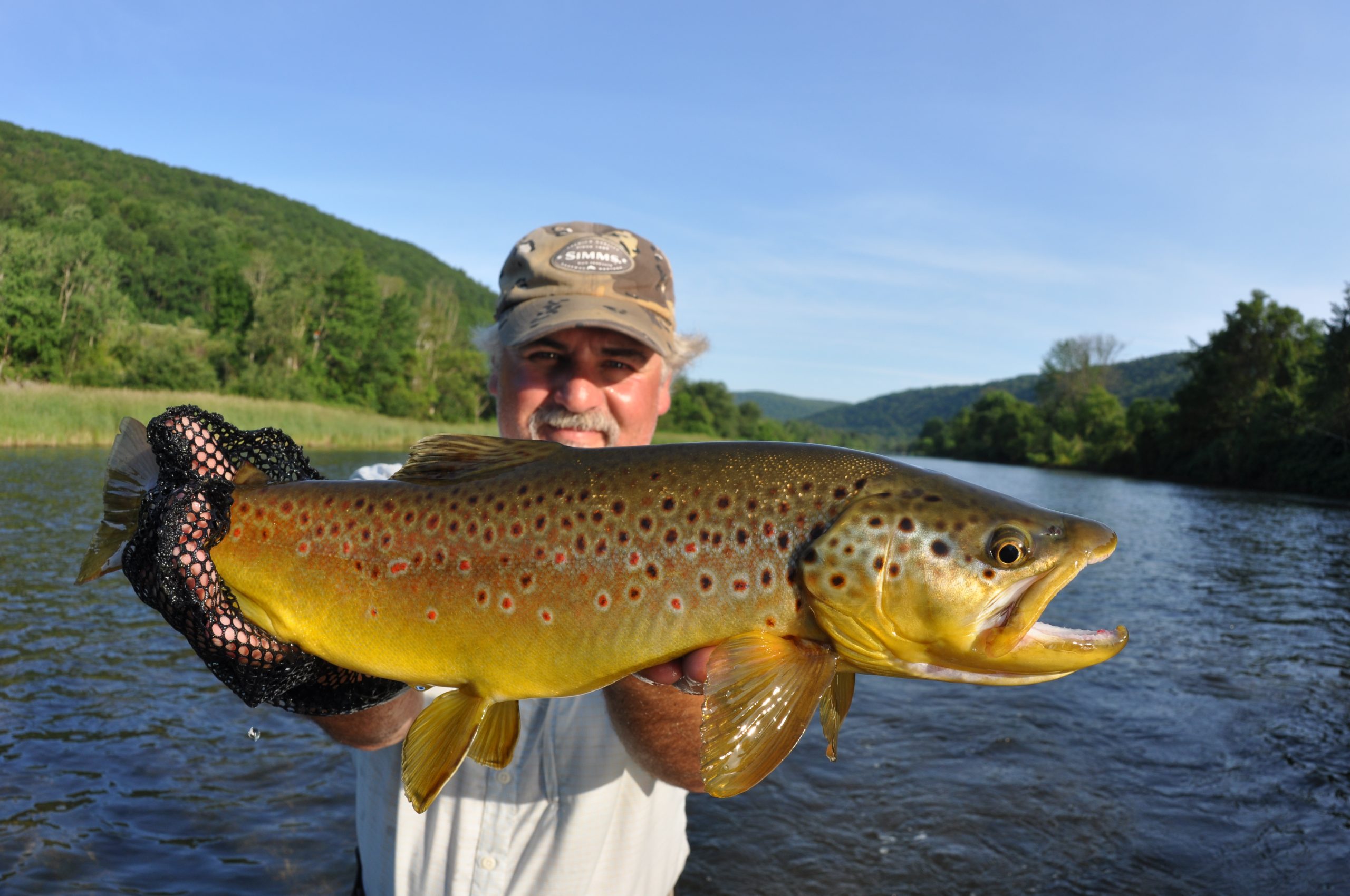
As I featured the nocturnal Hex hatch in my previous blog, here is an alternative “big bug” fix that can allow you to keep your spouse or significant other you just started dating- a gentleman or lady’s sport as the Brits I love so much would say. Besides darling, poached salmon with a dill sauce, tea and Butter Shortbread cookies with strawberries and crème fraiche, along with sipping fine sherry /cognac doesnt usually properly go down with the servant staff too well at the river estate at a 3 am dinner service eh? Therefore Iso’s are a good alternative big bug after nights on end has you burned-out, groggy and lacking sleep, and your spouse coming into your bedroom and opening the window shades at 3 in the afternoon and saying, “are you going to waste your life away sleeping all day, drinking and fishing all night?- you are not a normal person anymore and need counseling to stop that big trout addiction!” ( I know trust me!… those words sound familiar LOL?)
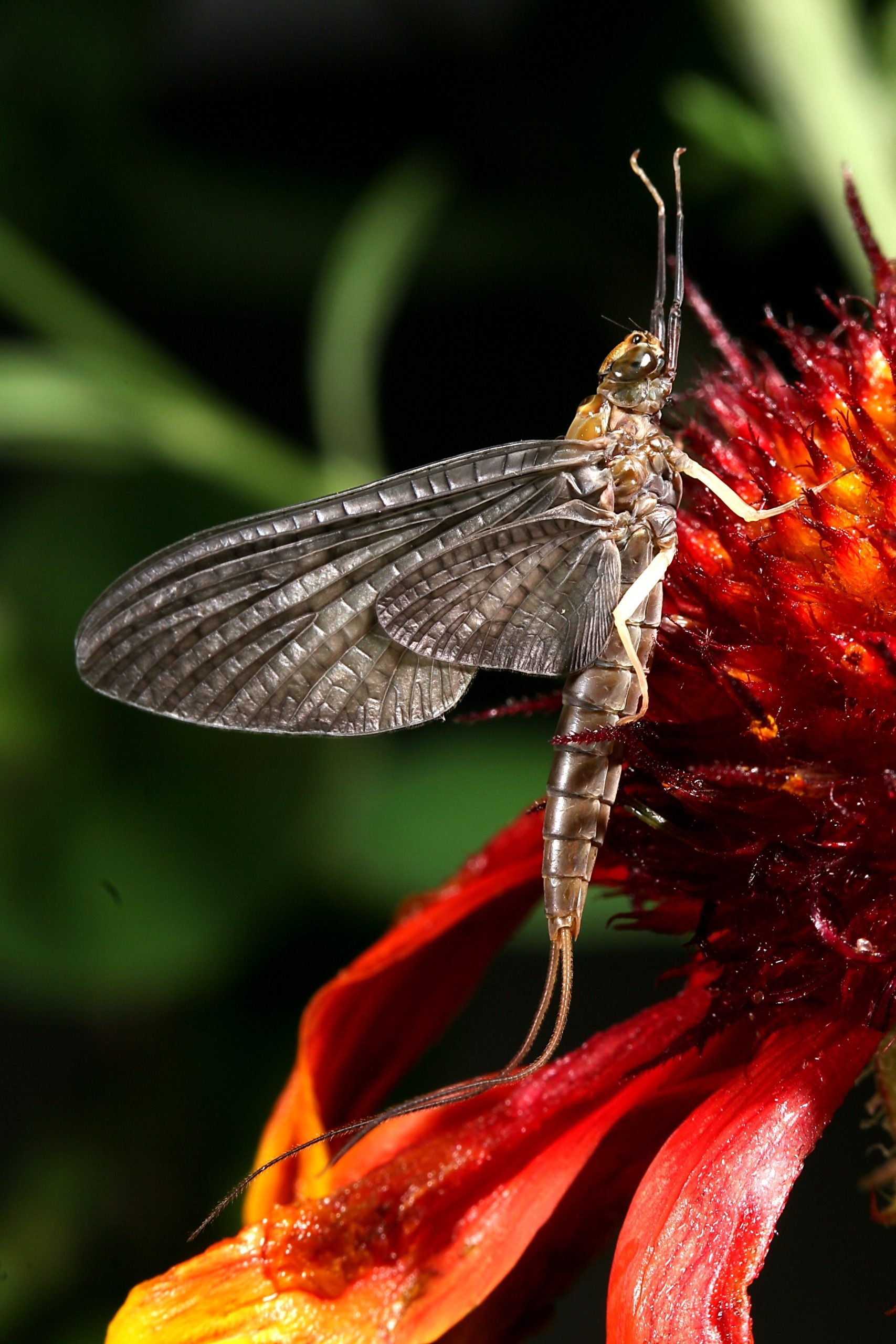
Isonychia bicolor and sadleri are the two larger versions (#8-12) with the sadleri more a smaller fall emerger from August through October. Their other names are Slate Drake, Lead winged Coachman, Dark Dun Variant and Borchers. They like rocky and gravel rivers and streams and hatch from mid-depth benthic environments towards the shorelines as we will importantly discuss. My first experiences with these beautiful mayflies was while a young boy in western NY state on some of the Alleghany trout streams like the Wiscoy, Cattaraugus Creek and Oatka. I also saw them at dinner hour at our summer cottage along the Canadian shore of Lake Huron/ Georgian Bay area’s wild trout streams. My good Canadian friends Larry Halyk and Jack “the trout” Imhof talk about the brown drakes and other big mayflies in the “Aristocratic Drakes and Hex” piece article in the current issue. But they are truly hallowed and worshiped in my home here in Michigan and are found in prolific numbers and have inspired fly patterns like the famous Borchers.


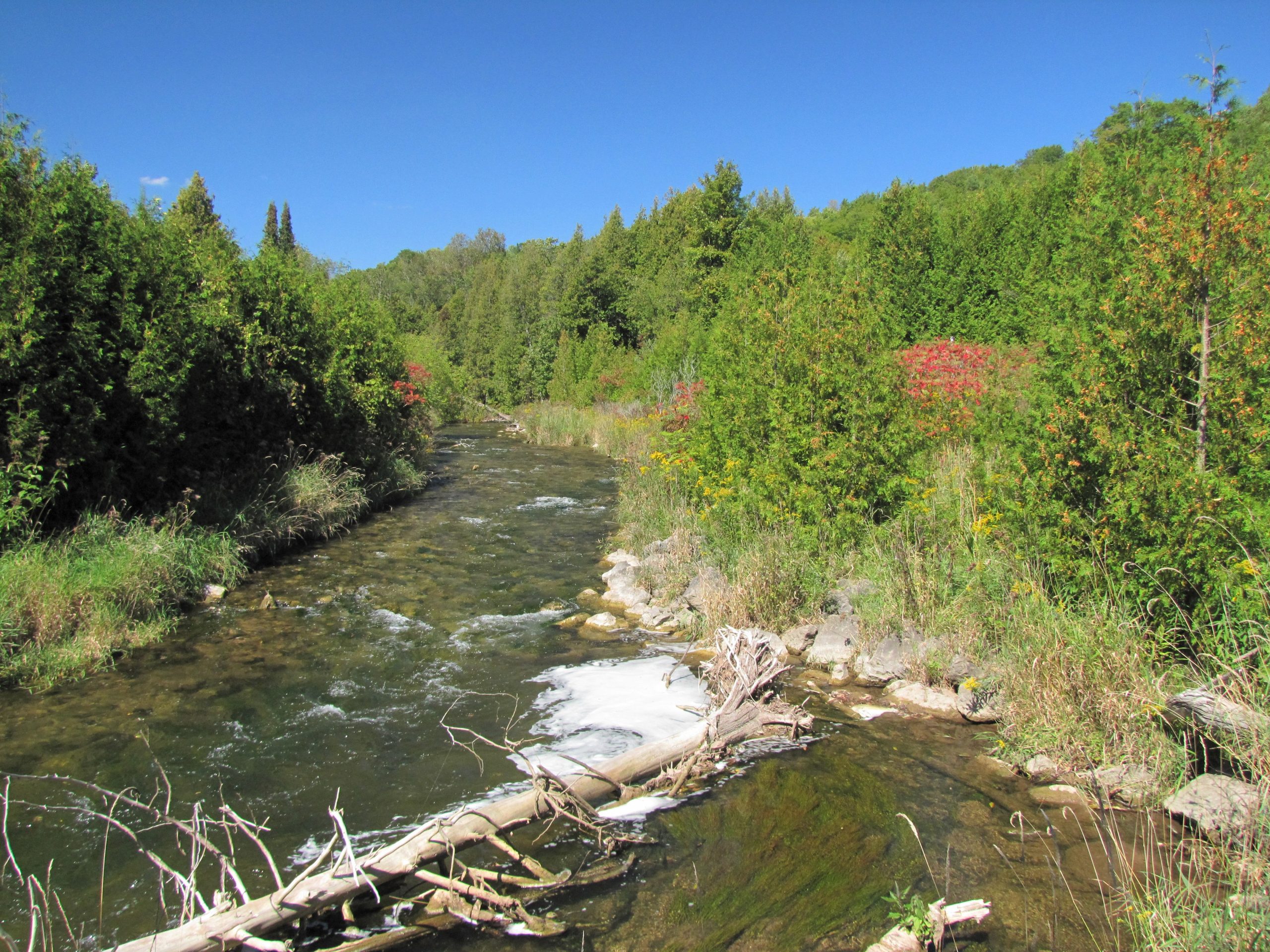

Later in life at our family’s summer home in the Catskills , the Iso hatch was a very important event from June through September and brought up big browns on the Neversink and Beaverkill and rainbows on the main Delaware. Here you could enjoy the emergence on the river and have a chance at a big brown and be back at the lodge for dinner in civilized hours.
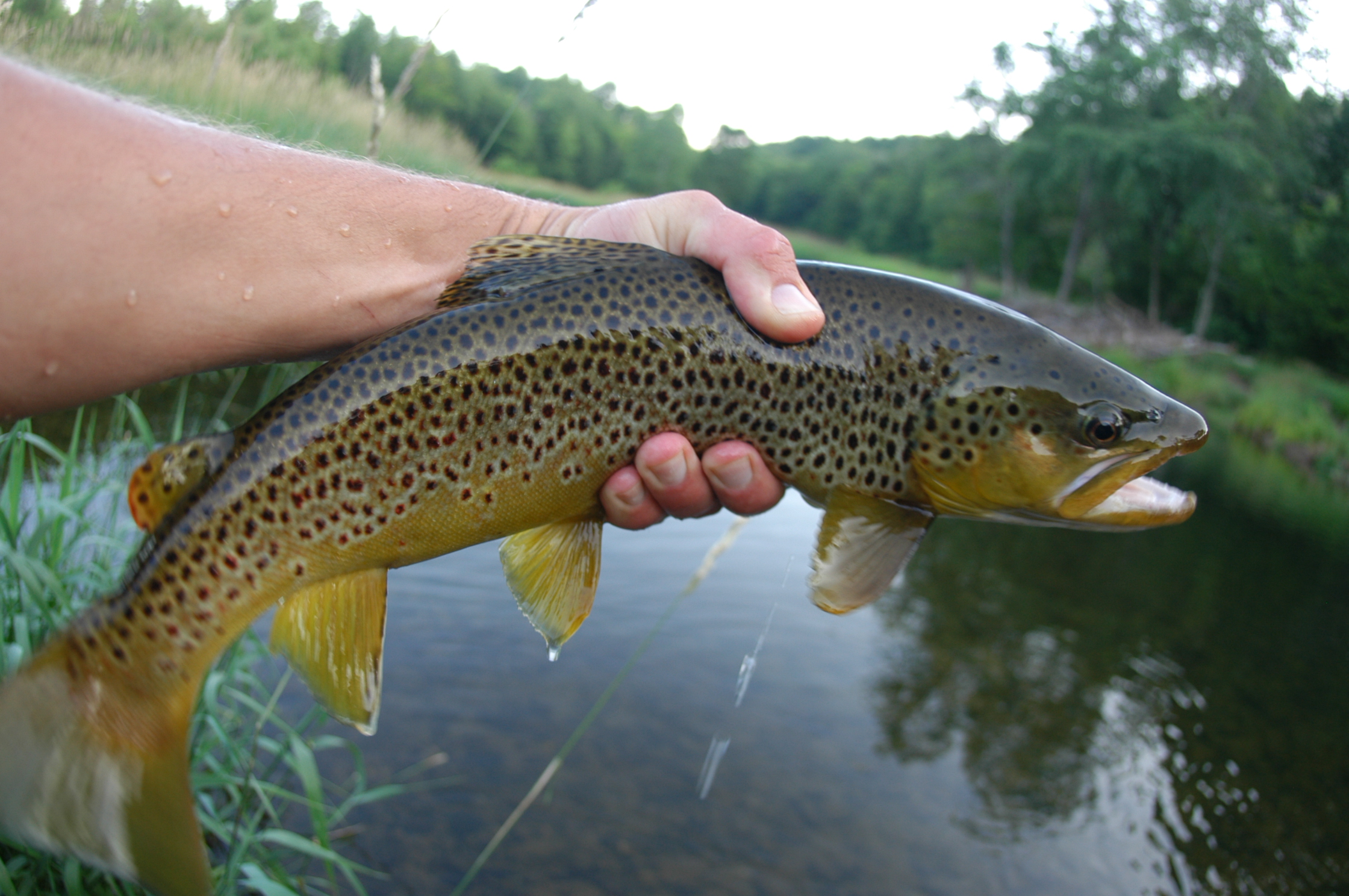
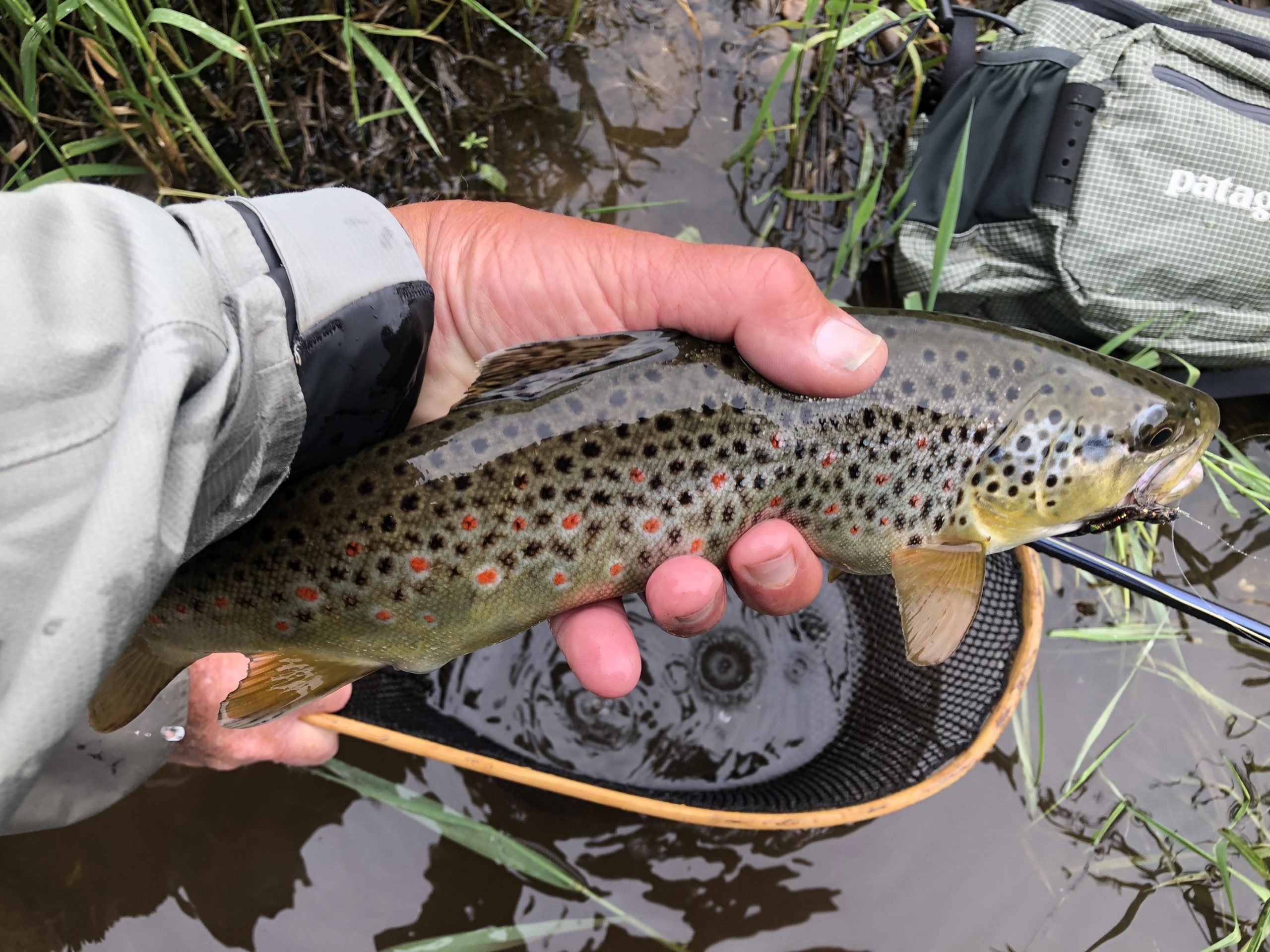
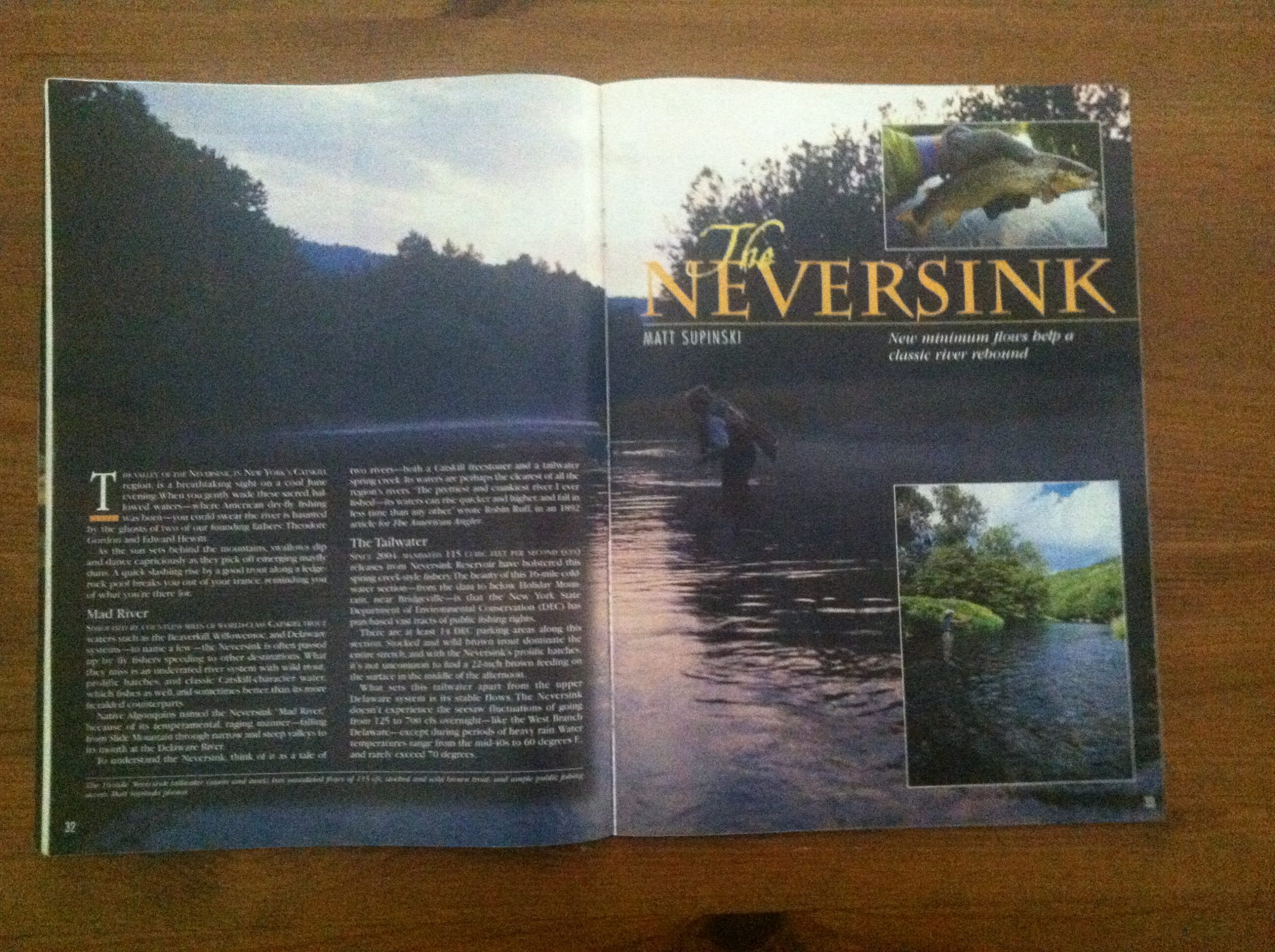
One of the best east coast Iso hatches I’ve experienced was on the Bard-Parker pool of the junction between the west and east branches that my good friend and author of his new book on dry flies, Paul Weamer , would sit on the tailgate, smoke cigars, drink single malt Scotch and listen to Pink Floyd blaring in the parking lot, as we waited for the Iso hatch to occur like clockwork. Here we had many an amazing night on 16-22 inch wild browns and lightning fast rainbows that pealed backing off of large arbor reels like dime bright chrome steelhead.
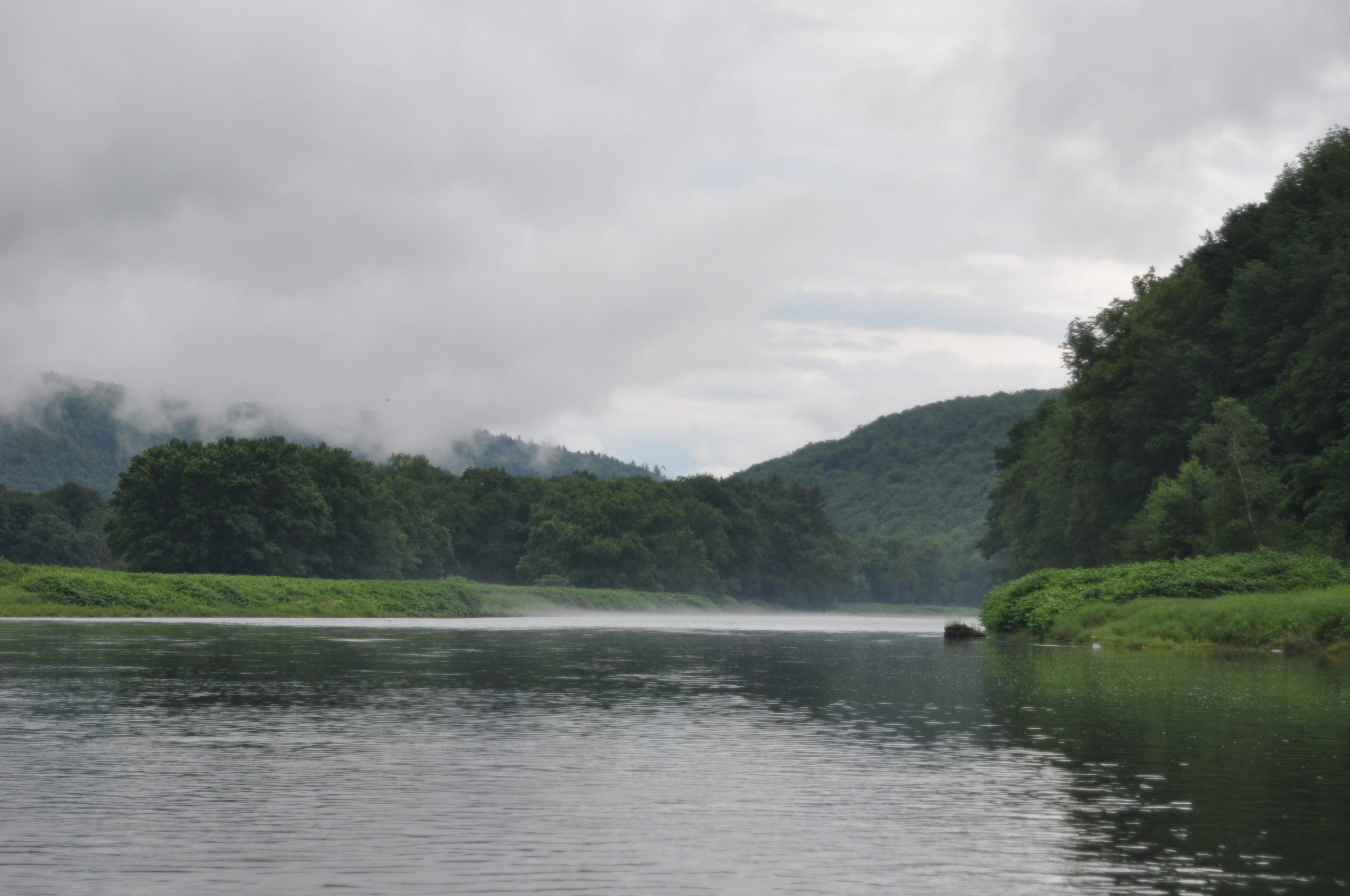
In true Catskill Delaware style on many a night we locked horns and shoulders with older grumpy curmudgeons that hated any company ( one night an old timer started to give me grumpy lip and “told me to go back to Cairn’s Pool on the Beaverkill!- btw: them is “fight’ in” words and an insult in the Hebrew Himalayas bible fyi , all because I was getting too close to him being only just a mere half-mile away btw-da!,… Boy!, did I let him have it!- in a true Polish warrior fashion 🙂 And one glorious evening I hooked and landed 4 nice browns and bows in the 18-21 ‘inch class when the Iso hatch was on big time time and every “Mr./Mrs. Big” was poking their nose aggressively in the meniscus. That evening I totally out-fished and “Iso-educated” my late-great idol and spiritual Salmo salar mentor: Art Lee. Art was a master at all things Atlantic Salmon and Catskill’s trout and I pray that the younger generations seek his writings out which I have so proudly done in my “Nexus” and “Selectivity” books, and will always mention. If there is anything I feel total regret and sadness with in today’s new “YouTube/social media ” generations, is that we don’t honor, study and learn all we can absorb from the amazing wisdom and writings of the dead sadly.
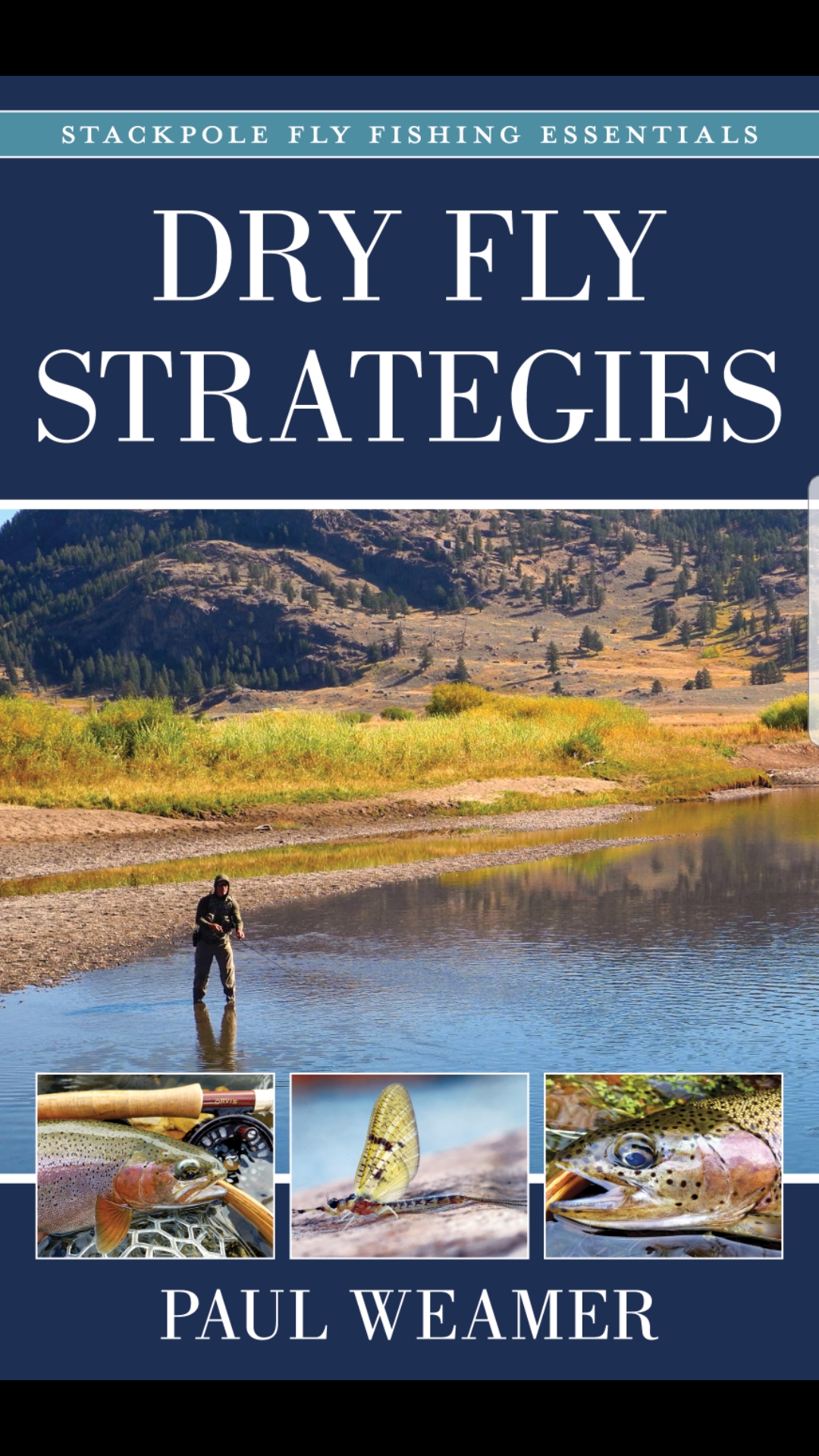
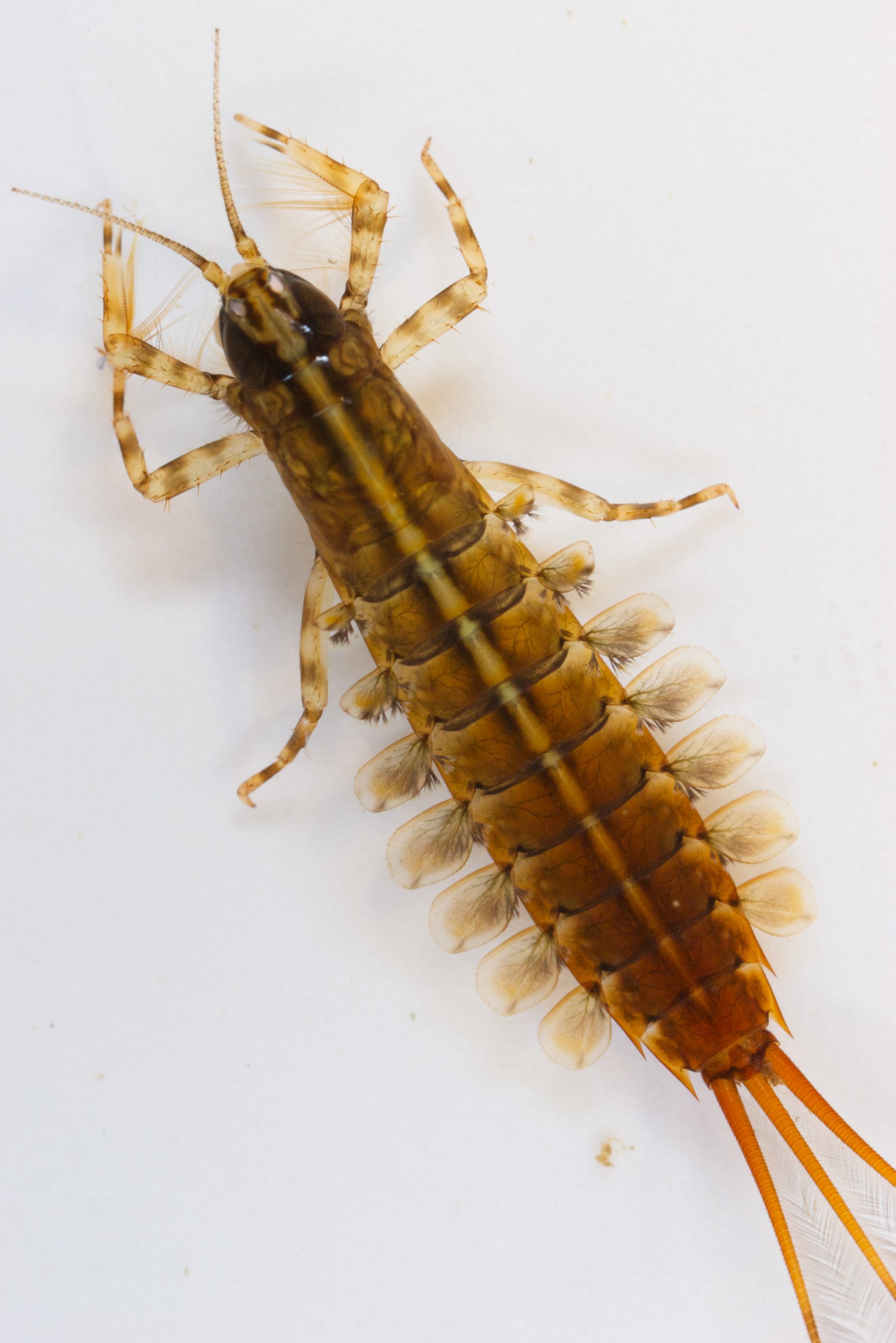
The Iso hatch matching magic starts at the nymph emergence level. Since they are fast swimming and undulate their bodies and gills quickly, my Isocaine nymphs perfectly imitate that movement which trigger big trout on the look-out. The nymphs swim towards the shoreline seam water and will hatch crawling on rocks, or some emerge from the water’s surface along the bubble line periphery . By using a tungsten head wiggle IsoCaine and swinging down-and-across big trout give-off vicious strikes- set the hook gently and like swinging for steelhead with a slip strike. This is my favorite type of wet fly swinging -trout spey style using 12-13 foot/ 3-5 weight rods and something to be perfected and utilized with deadly efficiency.
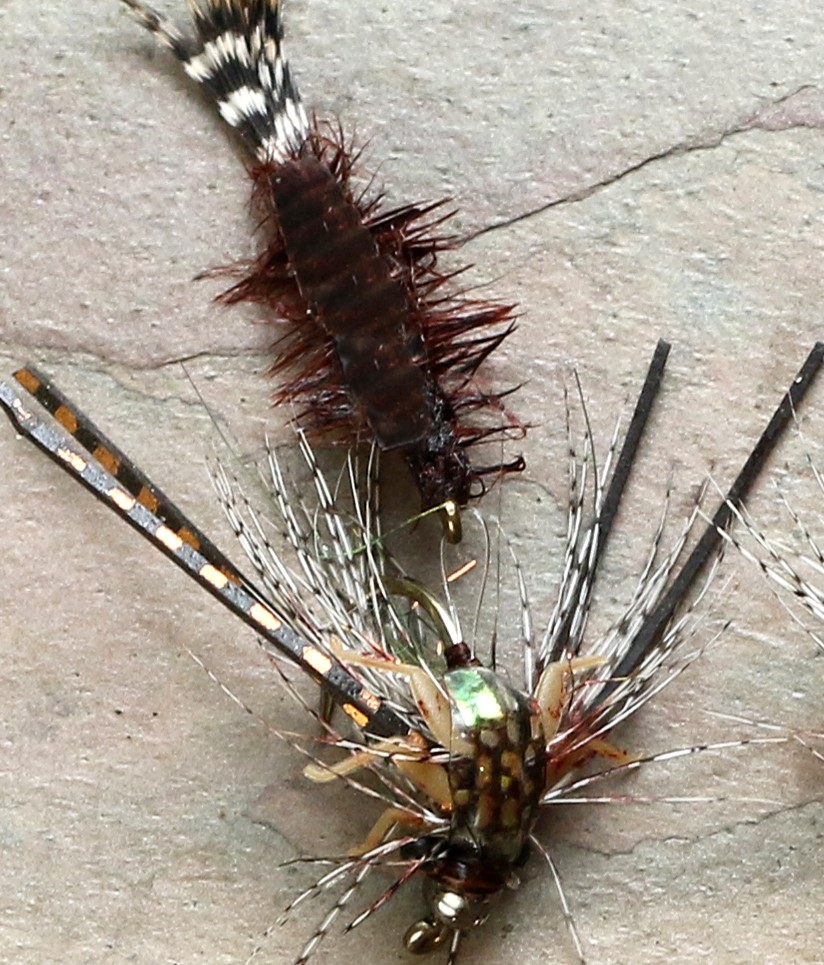
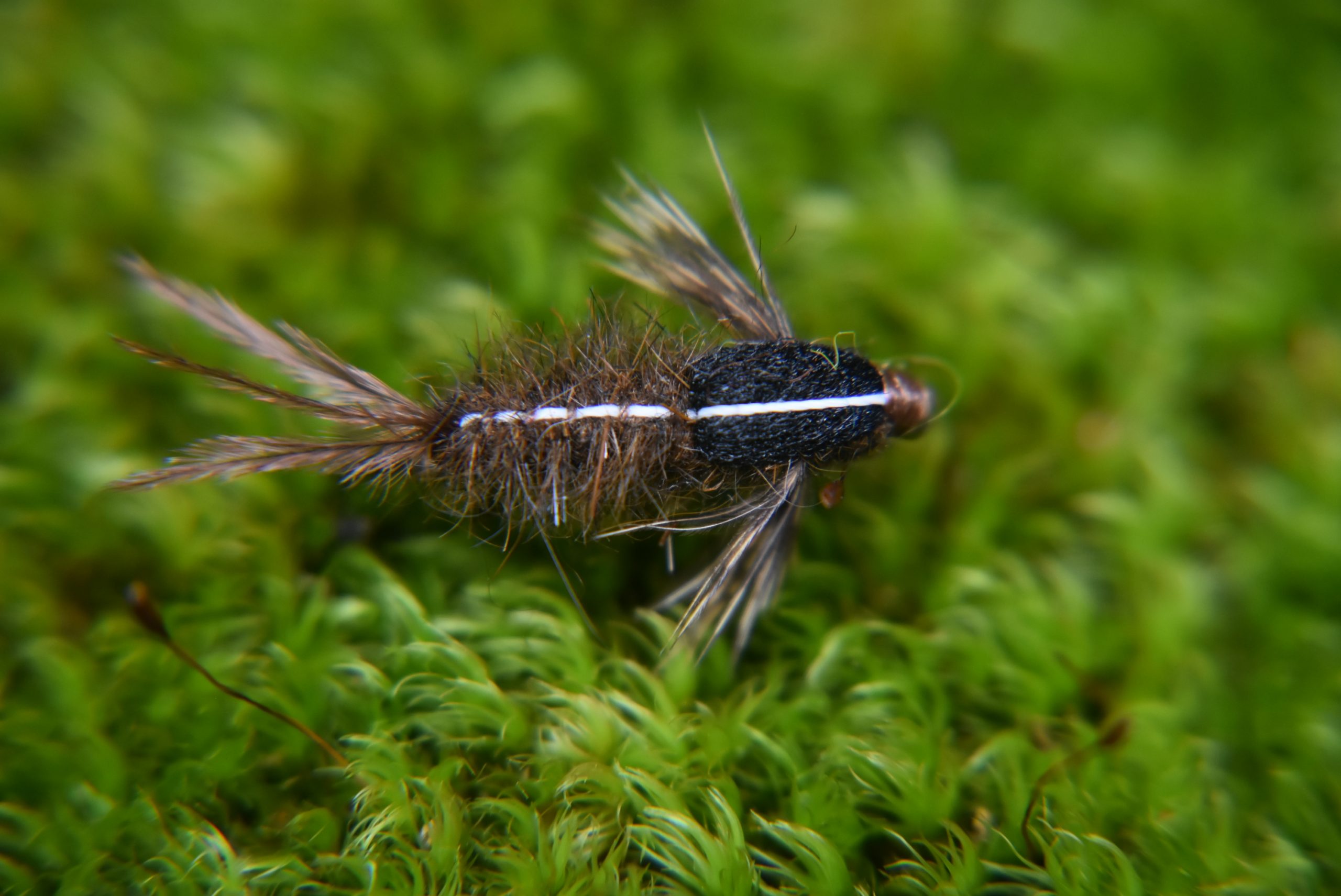
It is important to pay attention to many details during the Iso season. First watch your wading and where your presentations will be fished effectively. Too many anglers wade on the fish feeding tight to shore. I learned that lesson years ago fishing with my Delaware Sensei guru/guide Miller. Here he figured it out New Zealand style as all the “sheep with fly rods” were standing waist deep in the pools and runs and we were hunting the shorelines catching 20 inchers literally behind their backs. Rule is “if you are over your knees wading, you are messing up good Iso water” where eating big trout are looking for swimming emergers near the shoreline”

Iso’s will hatch anytime from noon until midnight, but prime emergence is always around dinner time. They love cloudy days but also emerge in bright sunlight, unlike BWO’S. Swallows love to chow on the meaty helicopters of the flying Iso’s so as soon as you see them swooping near the river the Iso hatch is on and you will we see Iso’s hatch and head for the trees- sometimes those darn swallows will eat every bug, and we wonder why their shortage is getting greater year after year sadly- we often cheer for the Iso’s to make it to shore, as sadly a swallow scoops them up just as they are ready to touch down on a tree.
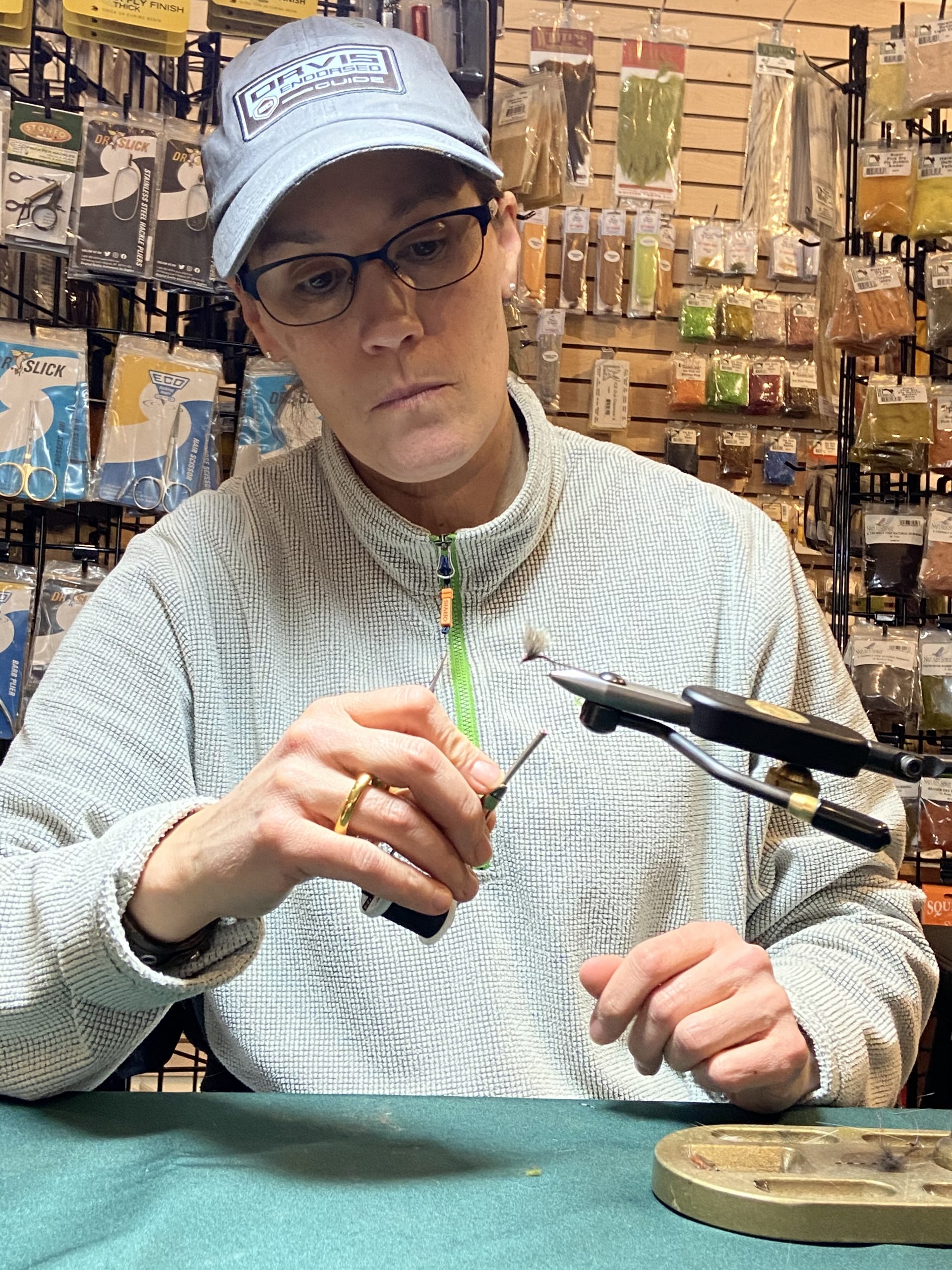
“Mayfly Aristocracy- Drakes and Hex” mega mayfly piece at www.hallowedwaters.com)
Once they emerge and are on the water, their twisting/fluttering to break loose is quick and takes notice from the trout. But there are days when the trout want them dead-drifted, or with just a little twitch. The bigger the bug, the more finicky trout take them- especially big browns that always show a little caution to big mayflies.
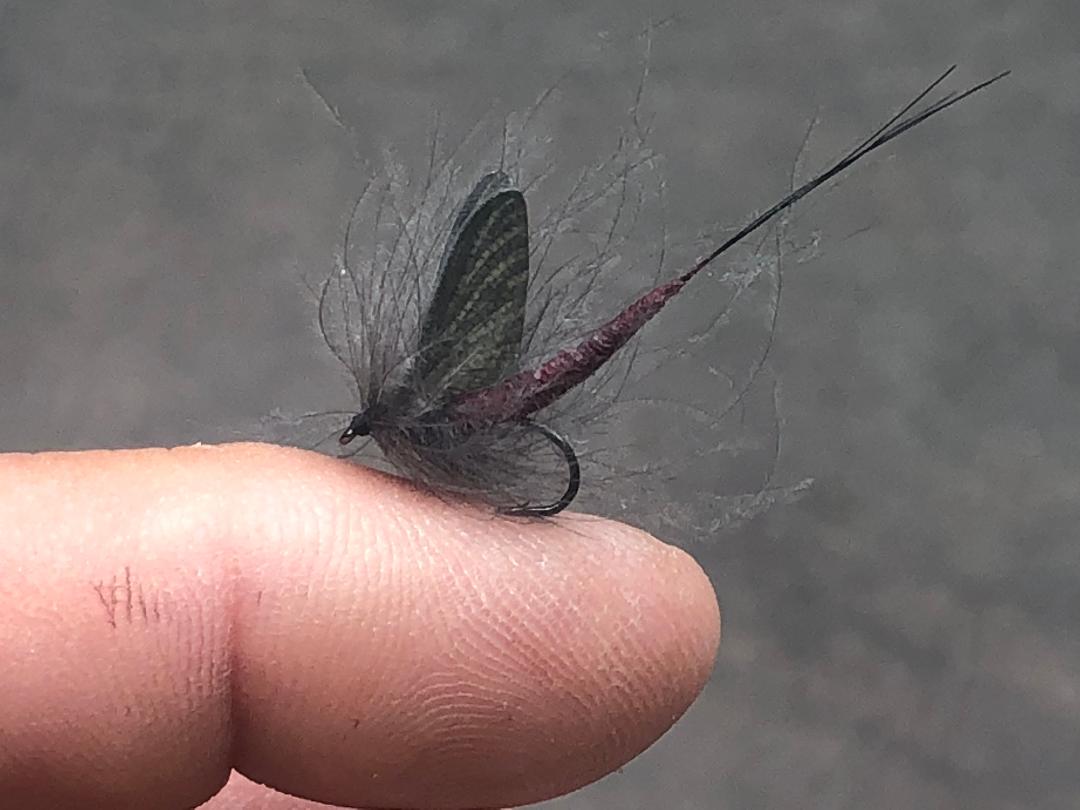
So…if you want to master the best hatch that is just gearing up for the summer and fall, and need the total in-depth skinny and then some, the new issue of Hallowed Waters Journal is a mayfly powerhouse packed with articles devoted to the dry fly /hatch matching experience. The “Aristocratic Mayflies” piece has it all for each big mayfly, along with patterns and recipes- most importantly tactical analysis you wont find in other magazines out there! Come to www.hallowedwaters.com journal today!, and subscribe. Don’t let the passion and journey have you buried in often meaningless and uninformed cyber information/ social media chatrooms… go to the source and learn from the years of wisdom our experts have!- also put your time in and pay your dues on the water as we at Hallowed Waters Journal do!-it’s the best classroom!
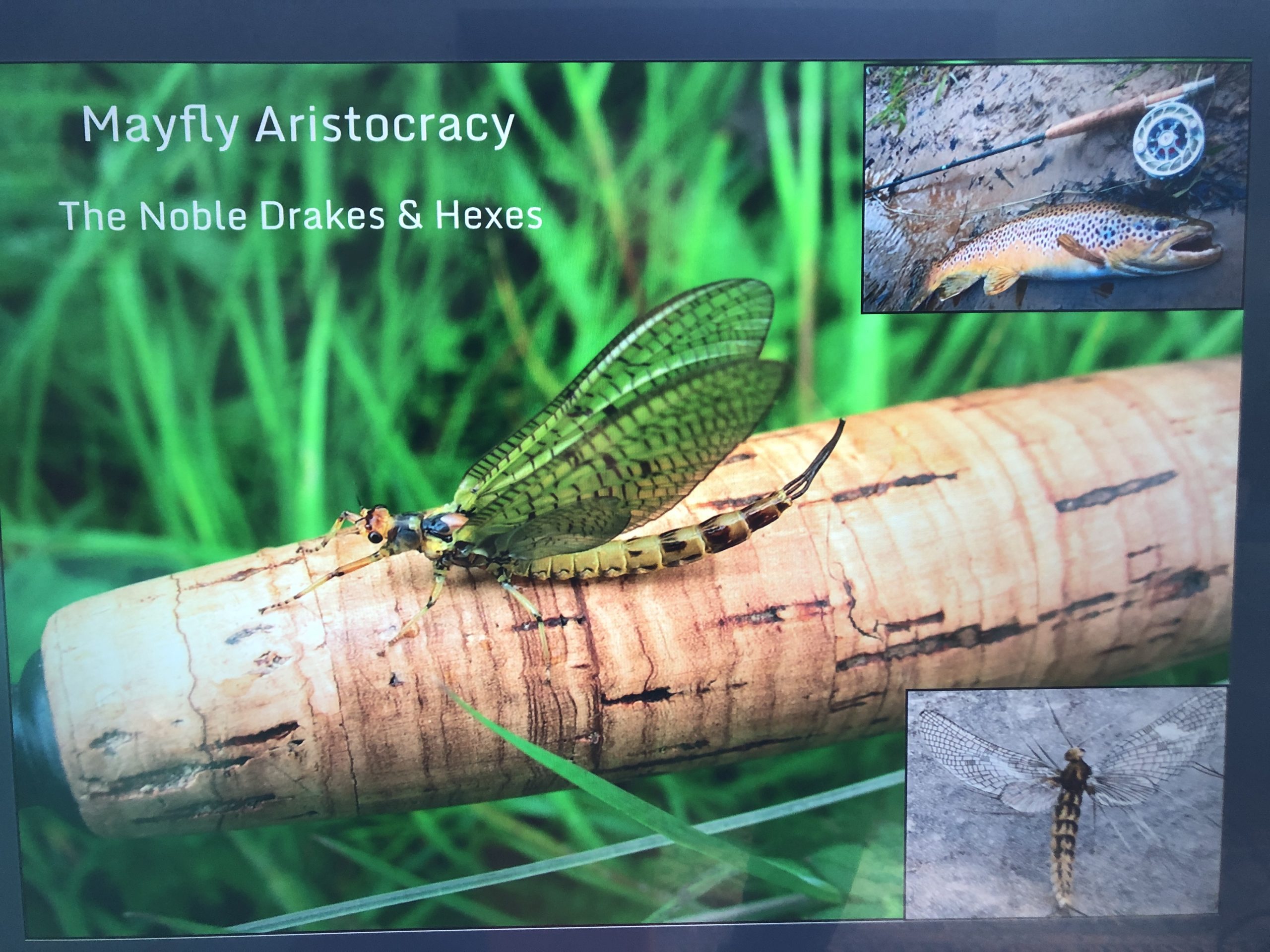
Next blog: “in Search of Summer Silver”
Cheers!